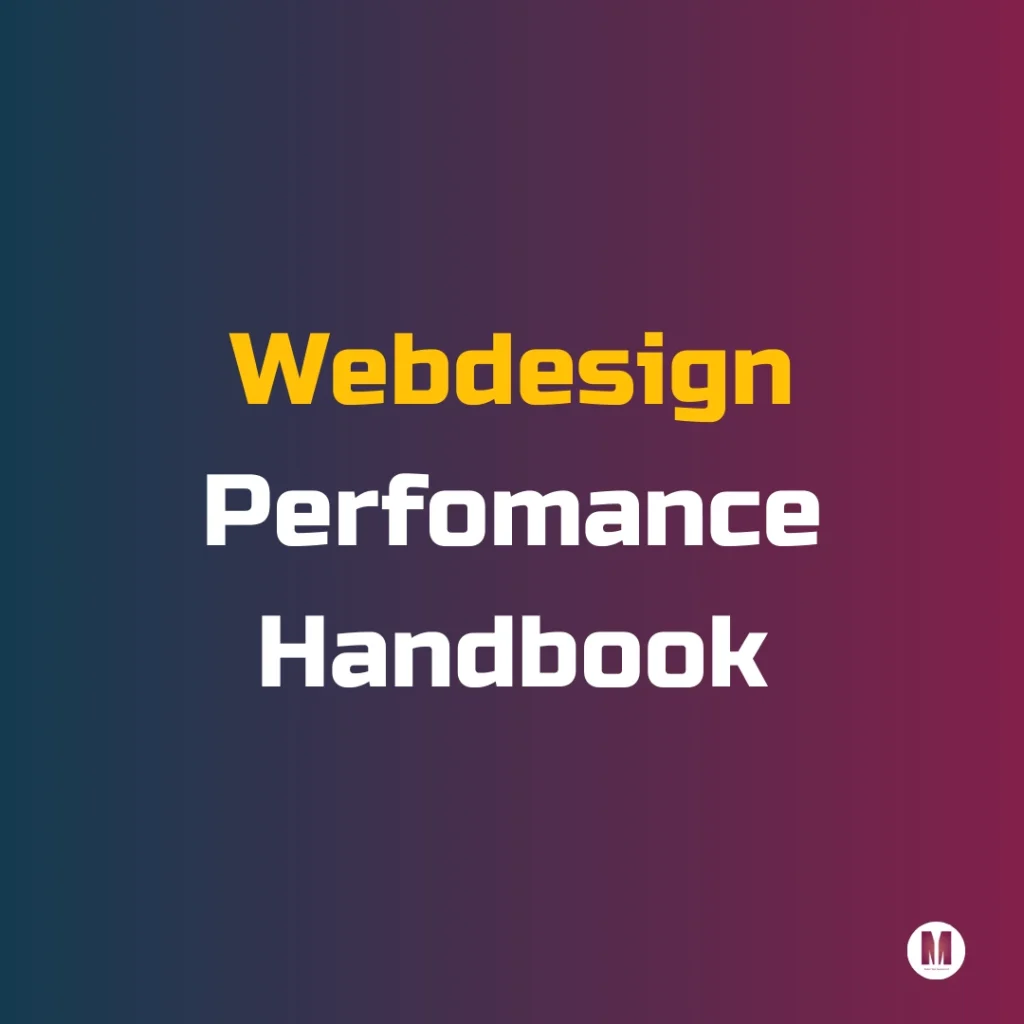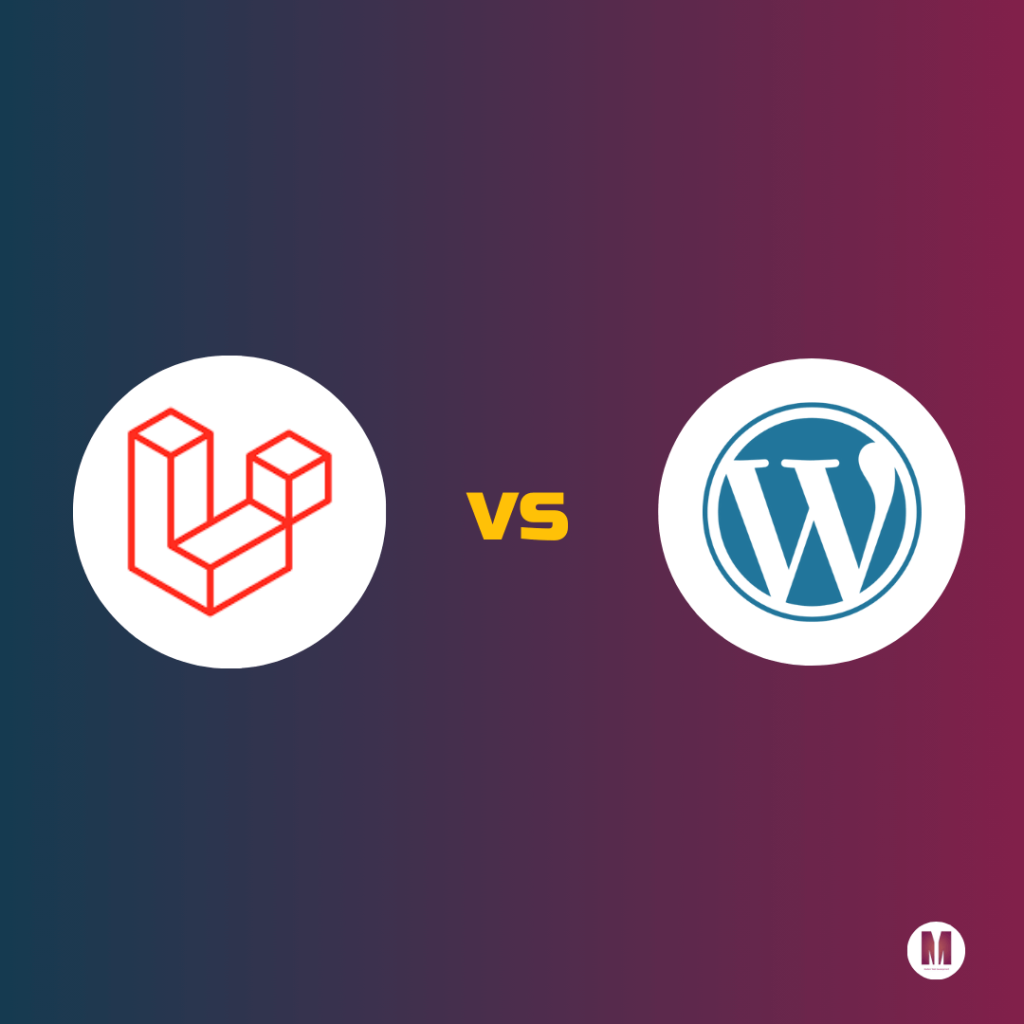
In today’s digital landscape, web design performance is essential for ensuring fast load times and a seamless user experience. Unlocking success through superior web design performance can set you apart from competitors and elevate your brand to new heights. A well-optimized website enhances user experience, leading to higher engagement rates and increased conversions.
The ultimate guide to web design performance emphasizes the importance of speed, responsiveness, and aesthetic appeal. Users expect websites to load quickly—ideally within three seconds—and will abandon those that don’t meet this standard. Therefore, investing in efficient coding practices and optimizing images can drastically improve load times.
Moreover, a responsive design ensures that your site looks stunning on any device, catering to the growing number of mobile users. This adaptability not only improves user satisfaction but also boosts your search engine rankings.
Finally, aesthetics matter significantly in web design performance. A visually appealing site keeps visitors engaged longer and encourages them to explore further. By combining functionality with visual appeal, you create an inviting atmosphere that fosters trust and encourages conversions.
The Key Elements That Influence Web Design Performance
When it comes to web design performance, several key elements can significantly influence how well a website functions and engages its users. First and foremost, user experience (UX) is paramount. A well-structured site that prioritizes intuitive navigation keeps visitors on the page longer and encourages them to explore further. Load speed is another critical factor; research shows that even a one-second delay can lead to significant drops in conversion rates.
Additionally, responsive design cannot be overlooked. With the increasing use of mobile devices, ensuring that your website looks and performs flawlessly across all screen sizes is essential for retaining visitors. Visual elements such as images, videos, and graphics should not only enhance the aesthetic appeal but also serve a functional purpose—drawing attention to calls-to-action or important information.
Lastly, search engine optimization (SEO) plays a crucial role in web design performance by ensuring your site ranks well in search results, making it easier for potential customers to find you. By focusing on these key elements—user experience, load speed, responsive design, visual effectiveness, and SEO—you can create a powerful web presence that drives engagement and conversions effectively.
Common Mistakes That Hinder Web Design Performance and How to Avoid Them
When it comes to web design, even the smallest missteps can significantly hinder performance and user experience. One of the most common mistakes is neglecting mobile optimization. With an increasing number of users accessing websites via smartphones, a site that isn’t mobile-friendly will lose potential customers. To avoid this pitfall, ensure your design is responsive and provides a seamless experience across all devices.
Another frequent error is overloading pages with heavy graphics and animations. While striking visuals can enhance appeal, they can also slow down loading times, leading to high bounce rates. Instead, prioritize fast-loading images and streamline your design elements for optimal performance.
Additionally, many designers overlook the importance of intuitive navigation. A complicated menu structure can frustrate users and drive them away. Focus on creating a clear, user-friendly navigation system that guides visitors effortlessly through your site.
Lastly, failing to incorporate SEO best practices during the design phase can limit your website’s visibility in search engines. Make sure to integrate keywords strategically within your content and optimize meta tags for better search rankings.
By avoiding these common mistakes—mobile unfriendliness, heavy graphics, poor navigation, and neglecting SEO—you can significantly enhance your web design’s performance and provide an exceptional user experience that keeps visitors coming back for more.
Best Practices for Enhancing Your Website’s Design Performance
When it comes to enhancing your website’s design performance, implementing best practices is not just beneficial; it’s essential for success. A well-designed website can significantly improve user experience, increase engagement, and ultimately drive conversions. Here are some key strategies to consider.
1. Responsive Design
First and foremost, prioritize responsiveness. With an increasing number of users accessing websites from mobile devices, ensuring that your site looks and functions well on all screen sizes is crucial. Use responsive design techniques to adapt your layout seamlessly across different devices.
2. Optimize Images for the Web
Use the Right Format
Choosing the right image format is essential for balancing quality and file size. For example:
- JPEG is ideal for photographs and images with gradients.
- PNG is perfect for images that require transparency and have fewer colors.
- WebP offers superior compression, providing better quality at smaller file sizes.
Compress Images
Utilize image compression tools such as TinyPNG to reduce image file sizes without noticeable loss in quality. This will significantly decrease load times.
Implement Responsive Images
Use the <picture> element or the srcset attribute in the <img> tag to serve different image sizes based on the user’s device. This ensures that users only download the appropriate size for their screen.
3. Minimize and Optimize CSS
Remove Unused CSS
Use tools like PurgeCSS to eliminate unused CSS rules from your stylesheets. This not only reduces file size but also improves rendering time.
Combine CSS Files
If your site has multiple CSS files, consider combining them into a single file. This reduces the number of HTTP requests made by the browser, speeding up page load times.
Use CSS Minification
Minifying CSS files removes unnecessary spaces, comments, and characters, significantly reducing file size.
4. Optimize JavaScript
Defer and Async Loading
Use the defer and async attributes in your <script> tags to prevent JavaScript from blocking the rendering of your webpage.
<script src=”script.js” defer></script>
- Defer: Executes the script after the HTML has been parsed.
- Async: Executes the script as soon as it’s downloaded, which may occur before the HTML is fully parsed.
Minify JavaScript
Just like CSS, minifying JavaScript can greatly reduce file sizes. Use tools such as UglifyJS to compress your scripts.
Reduce the Use of JavaScript Libraries
Only include JavaScript libraries and frameworks that are absolutely necessary. For example, if you are only using one or two functions from jQuery, consider rewriting those functions in vanilla JavaScript.
5. Implement Lazy Loading
What is Lazy Loading?
Lazy loading is a design pattern that postpones loading non-essential resources (like images and videos) until they are needed. This drastically reduces initial load times and enhances user experience.
How to Implement Lazy Loading
For images, you can use the loading="lazy" attribute in the <img> tag:
<img src=”image.jpg” alt=“Description” loading=”lazy”>
6. Use Content Delivery Networks (CDN)
What is a CDN?
A Content Delivery Network (CDN) stores copies of your website’s files in various locations around the world. When a user accesses your site, the CDN delivers the files from the nearest location, reducing load times.
The Future of Web Design Performance: Trends to Watch Out For
As we look ahead to the future of web design performance, several key trends are poised to reshape how websites function and engage users. First and foremost, the integration of artificial intelligence in web design is becoming increasingly prevalent. AI-driven tools can analyze user behavior in real-time, allowing designers to create more personalized experiences that cater to individual preferences.
Another trend gaining traction is the focus on mobile-first design. With an ever-growing number of users accessing websites via smartphones, responsive design is no longer optional; it’s essential. Websites must be optimized for mobile devices from the outset, ensuring fast load times and seamless navigation.
Additionally, sustainability in web design is emerging as a critical consideration. As awareness of environmental issues rises, designers are tasked with creating energy-efficient websites that minimize their carbon footprint while still delivering exceptional performance.
Lastly, accessibility remains a vital aspect of web design performance. Ensuring that all users, regardless of ability or disability, can access content easily will not only improve user experience but also enhance overall site performance in search rankings.
By keeping an eye on these trends—AI integration, mobile-first approaches, sustainability practices, and accessibility—we can ensure that our web designs not only meet current demands but also set new standards for the digital landscape. Embracing these changes will ultimately lead to more effective and engaging online experiences for all users.
Conclusion: Elevate Your Online Presence by Prioritizing Web Design Performance Today!
In conclusion, elevating your online presence is not just a matter of aesthetics; it’s about performance. A well-designed website plays a crucial role in how users perceive your brand and interact with your content. Prioritizing web design performance today means investing in faster load times, responsive layouts, and user-friendly navigation. These elements are essential for keeping visitors engaged and reducing bounce rates.
Moreover, search engines reward websites that prioritize performance with better rankings. This means that by enhancing your web design, you’re not only improving user experience but also boosting your visibility online. Don’t wait any longer—make the commitment to elevate your online presence through strategic web design improvements today! Your audience—and your bottom line—will thank you for it.

Hi, I’m Ioanna, a freelance web developer with a passion for WordPress development, Laravel application development, and Technical & On-Page SEO optimization. I specialize in creating custom solutions tailored to your unique needs, whether it’s designing a fully optimized WordPress site, developing powerful Laravel applications, or improving your website’s performance and SEO.

Take your online presence to the next level! Contact me now!
Call me now at +49 15735463775 or send me an email at contact@iomitroulaki.dev, to discuss your project further!

